In India, the Cultivation of maize has seen transformation thanks to the adoption of high-yielding hybrid varieties. These hybrids have revolutionized the maize farming landscape, promising increased profits for farmers. With a mix of carefully chosen genes, these maize cultivars offer higher yields, disease resistance, and the ability to grow in various climates and soils.
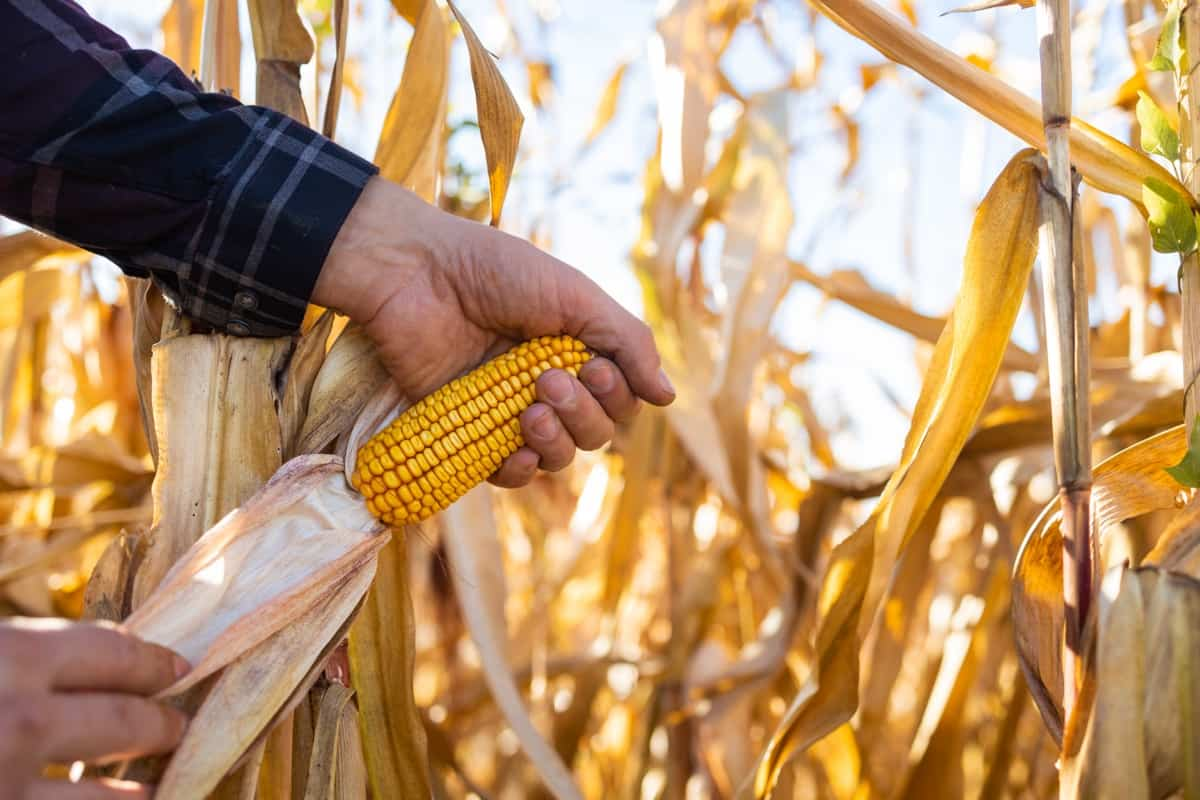
They have, on average, increased maize yields by 25-30% compared to traditional varieties. This blog explores the science behind these hybrid cultivars, their economic impact, and how they are changing the maize farming scenario in India.
Popular Maize Varieties in India
- Ambrosia Hybrid Corn: This maize variety is known for its sweet and tender kernels. It’s a favorite among consumers looking for delectable sweet corn.
- Jubilee Hybrid Corn: Jubilee maize is celebrated for its remarkable yield and quality. It’s a go-to choice for farmers seeking high productivity.
- Honey Select Hybrid Corn: Honey Select is another sweet corn variety with exceptional taste and juiciness.
- Golden Bantam Corn: This classic maize variety is appreciated for its golden-yellow kernels and rich flavor. It’s a timeless favorite for many.
- Peaches and Cream Corn: As the name suggests, this maize variety combines the sweetness of peaches with the creamy texture of the kernels. It’s a delightful treat for maize enthusiasts.
- Nirvana Hybrid Corn: Nirvana maize offers a blend of sweetness and tenderness, making it a favored choice for fresh consumption.
- Silver Queen Hybrid Corn: Silver Queen stands out for its white kernels and superior flavor, making it a top pick among white sweet corn varieties.
Maize Varieties in India: List of Best Cultivars for Improved Profits
Gujarat Anand White Maize Hybrid-2 (GAWMH-2): Predominantly grown in Gujarat during the Kharif season, this maize hybrid is known for its white kernels and normal cultivation practices.
MM 9344 (DMH 192): Found in multiple states, including Karnataka, Maharashtra, Andhra Pradesh, Tamil Nadu, and Telangana, this maize variety is planted during the Kharif season using standard practices.
Bisco X 5129: Cultivated in Maharashtra, Andhra Pradesh, Karnataka, and Tamil Nadu during the Rabi season, this variety follows normal cultivation practices.
Pusa HM-9 Improved (AQH-9): Farmers in Bihar, Jharkhand, Odisha, Uttar Pradesh, and West Bengal prefer this variety during the Kharif season, and it’s categorized as Quality Protein Maize (QPM).
In case you missed it: Best Fertilizer for Maize: Organic, NPK, Compost Manure, and Schedule
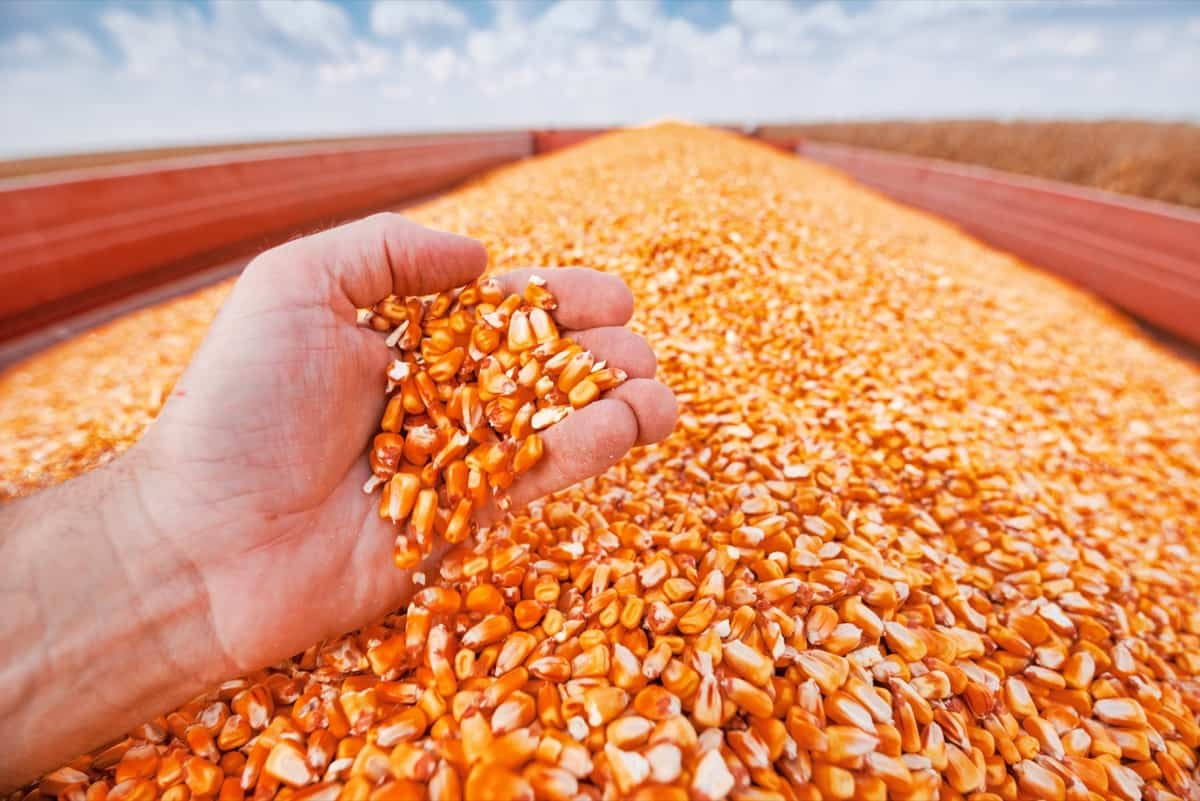
PMH 10 (Hybrid): Punjab’s spring season sees the Cultivation of this maize hybrid using normal practices.
Pratap Makka-9 (EC-3161): This maize variety is grown in Rajasthan during the Kharif and Rabi seasons, employing normal cultivation practices.
CO 6: Tamil Nadu’s Kharif season witnesses the Cultivation of CO 6 maize using standard practices.
Partap Kanchan-2 WC-236 (Y): Jammu & Kashmir and Uttarakhand farmers prefer this variety during the Kharif season, following typical cultivation practices.
HQPM-5: Across the country, HQPM-5 maize is cultivated during the Kharif season and categorized as Quality Protein Maize (QPM).
Navin (D-741): Uttar Pradesh relies on this variety during the Kharif season, using normal cultivation practices.
High-Yielding Maize Hybrids for Different Ecologies
Development of High-Yielding Maize Hybrids for Different Ecologies” aimed to enhance maize production in India by creating and evaluating productive maize inbred lines and hybrids suitable for various ecological conditions.
Inbred Line Development: The project focused on developing and evaluating inbred lines with desirable traits. These inbred lines serve as the genetic building blocks for creating high-yielding hybrids.
Hybrid Formation: Cross combinations were generated among these inbred lines using appropriate mating designs. The goal was to identify combinations that exhibited superior traits and performance.
Regional Adaptation: One of the project’s core objectives was to identify and recommend superior maize hybrids for different regions of India, considering the diverse agro-climatic conditions.
Hybrid Development: The project successfully developed six single cross hybrids, namely DMRH1301, DMRH1308, DMRH1305, DMRHP1402, IMHB1539, and IMHB1532. These hybrids were released and approved for Cultivation in various parts of the country. This significantly contributes to increased maize yields.
In case you missed it: Pest and Disease Management in Maize: Causes, Symptoms, Chemical and Biological Control
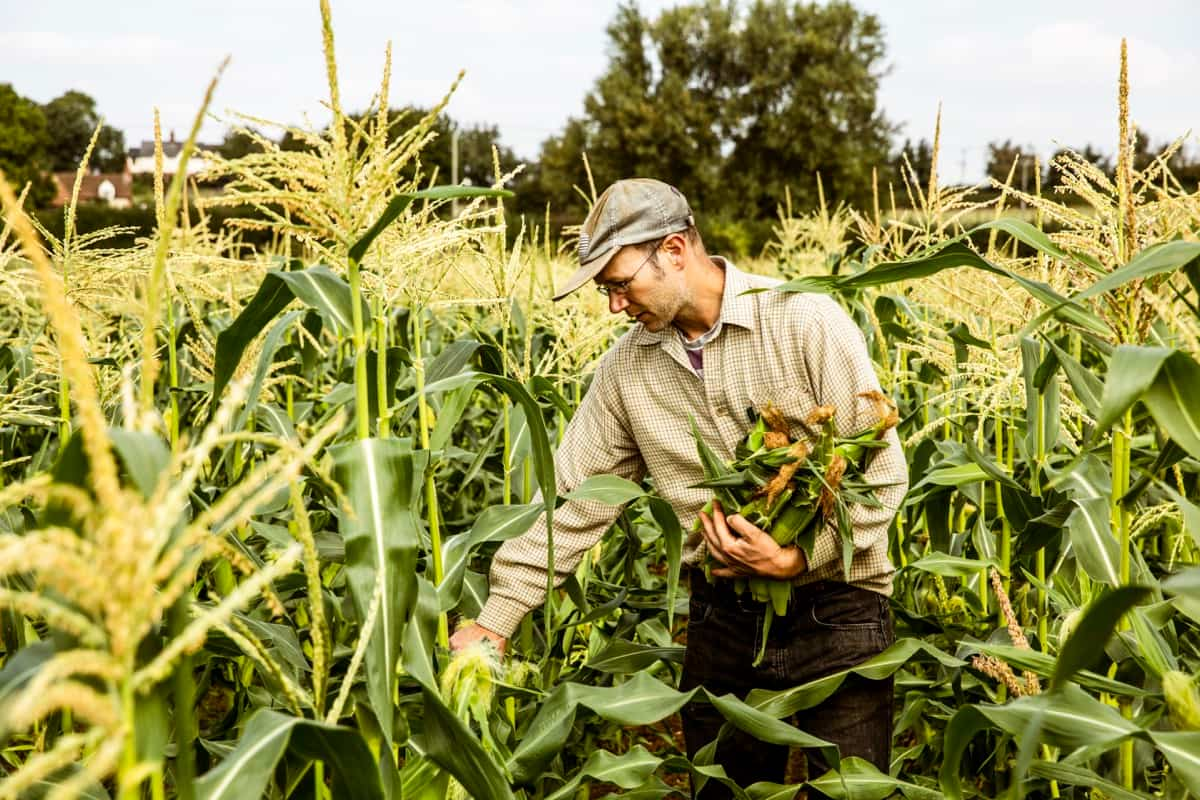
Inbred Line Innovation: A unique inbred line, DML339, was developed, which exhibited tolerance to charcoal rot disease in a typical genetic background. This is a valuable contribution to disease-resistant maize varieties.
Hybrids for Release: Three more hybrids were identified for release in April 2019, adding to the options available for maize farmers.
Genetic Resources: The project developed 87 new inbred lines, which were evaluated for various useful traits. These lines were submitted to the National Bureau of Plant Genetic Resources (NBPGR) and received IC numbers for documentation and reference.
Disease Resistance: The research also focused on understanding the genetics of disease resistance. Mapping populations for Maize Lethal Necrosis Disease (MLB) resistance were established, and sources of resistance or tolerance for MLB, Tropical Leaf Blight (TLB), and charcoal rot diseases were identified.
High-Yielding Maize Varieties in India: Special Features of Recently Released Maize Hybrids
DMRH1301
- Parent: BML6 × IML418-1
- Year of Release: 2017
- Season: Rabi
- Yield: 9.0-10.0 t/ha
- Maturity: Medium (125-145 days)
- Recommended for Cultivation in Eastern UP, Bihar, Jharkhand, West Bengal, Odisha, Rajasthan, Gujarat, Chhattisgarh, and Madhya Pradesh.
- Special Features: This medium-maturing hybrid has a yellow grain color and is tolerant to Turcicum leaf blight and charcoal rot diseases. It’s responsive to high inputs, making it a valuable choice for many Indian regions.
DMRH1308
- Parent: BML6 × HKI163
- Year of Release: 2017
- Season: Rabi
- Yield: 9.5-10.5 t/ha
- Maturity: Medium (130-150 days)
- Recommended for Cultivation in Bihar, Rajasthan, Gujarat, Chhattisgarh, and Madhya Pradesh.
- Special Features: This medium-maturing hybrid has an attractive yellow grain color and is tolerant of Turcicum leaf blight and charcoal rot diseases. Like DMRH1301, it’s responsive to high inputs.
DMRH1305
- Parent: V373 × HKI1105
- Year of Release: 2018
- Season: Kharif
- Yield: 6.0-6.5 t/ha
- Maturity: Early (80-85 days; in hills, 95-100 days)
- Recommended for Cultivation in the hill regions of Jammu & Kashmir, Himachal Pradesh, Uttarakhand, and several northeastern states.
- Special Features: This short-duration hybrid has attractive orange grain color and is tolerant to Turcicum leaf blight, maydis leaf blight, curvularia leaf spot, and banded leaf and sheath blight diseases. Its short duration allows it to fit well in diverse cropping systems.
In case you missed it: Best Fertilizer for Maize: Organic, NPK, Compost Manure, and Schedule
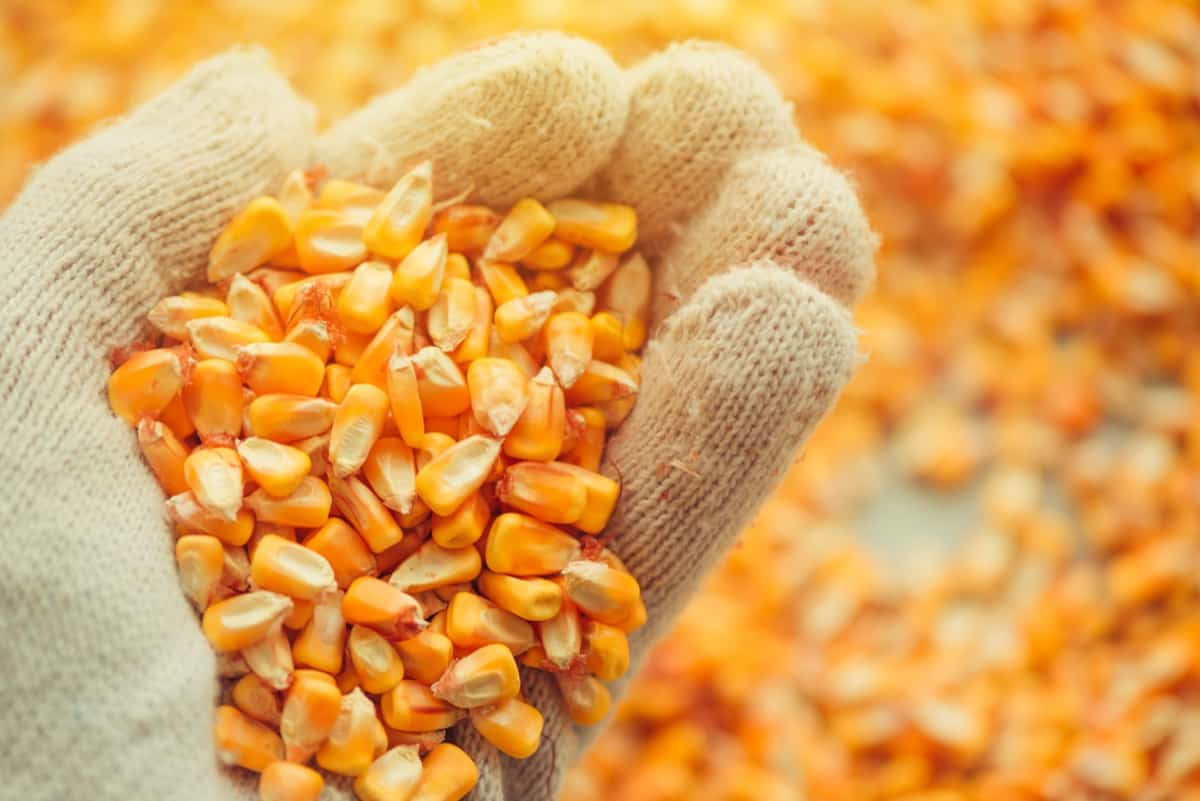
IMHB1539
- Parent: HKI 1105 × IML 127-1
- Year of Release: 2018
- Season: Kharif
- Yield: 1.3-1.5 t/ha (De-husked baby corn)
- Maturity: Early (50-55 days for baby corn crop)
- Recommended for Cultivation in Similar to DMRH1305, it’s suited for hill regions and northeastern states.
- Special Features: This short-duration hybrid is known for its creamy color baby corn. It’s prolific and tolerant of various diseases, making it a valuable choice for baby corn production in these regions.
IMHB1532
- Parent: IML 127-1 × IML 242-1
- Year of Release: 2018
- Season: Kharif
- Yield: 1.5-2.0 t/ha (De-husked baby corn)
- Maturity: Medium (55-60 days for baby corn crop)
- Recommended for Cultivation in Punjab, Haryana, Delhi, Uttar Pradesh (Western region), Rajasthan, Gujarat, Madhya Pradesh, and Chhattisgarh.
- Special Features: This medium-duration hybrid produces creamy baby corn and is tolerant of curvularia leaf spots and charcoal rot diseases. It’s ideal for baby corn cultivation in North and Western India.
DMRHP1402
- Parent: JP8 × Dpcl117
- Year of Release: 2017
- Season: Kharif (also suitable for Rabi)
- Yield: 3.0-3.5 t/ha in kharif; 4.5-5.0 t/ha in Rabi (Popcorn)
- Maturity: Early (75-80 days in Kharif)
- Recommended for Cultivation in Punjab, Haryana, Delhi, Uttar Pradesh (Western region), Rajasthan, Gujarat, Madhya Pradesh, and Chhattisgarh.
- Special Features: This early-maturing popcorn hybrid is attractive due to its high popping percentage, tolerance to charcoal rot and fusarium stalk rot diseases, and responsiveness to high inputs. Its short duration allows for versatility in cropping systems.
LQMH1 (IMHQPM1530)
- Type of Corn: Quality Protein Maize (QPM)
- Parent: IML-343-1× HKI 163
- Year of Release: 2020
- Season: Kharif
- Yield: 7.5-8.0 t/ha
- Maturity: Early (100 days in NHZ; 80-85 Days in others)
- Recommended for Cultivation in the Northern Hilly Zone (NHZ) comprising Jammu & Kashmir, Himachal Pradesh, Uttarakhand, and northeastern states.
- Special Features: This QPM hybrid exhibits early maturity, high tryptophan and lysine content in endospermic protein, and is responsive to high inputs. Its short duration allows it to fit well in various maize-based cropping systems.
LPCH 3 (IMHP1540)
- Type of Corn: Popcorn
- Parent: Dpcl 15-90 × Dpcl 117
- Year of Release: 2020
- Season: Kharif (also suitable for Rabi)
- Yield: 3.5-4.0 t/ha (in Kharif)
- Maturity: Early (80-85 days)
- Recommended for Cultivation in Various states across India, including Bihar, Jharkhand, Uttar Pradesh, Odisha, West Bengal, and more.
- Special Features: LPCH3 is an exceptional popcorn hybrid with a high popping percentage, making it a preferred choice for popcorn enthusiasts. It also exhibits resistance to several diseases, ensuring a healthy crop.
In case you missed it: Simple Techniques to Increase the Maize Yield for Higher Profits
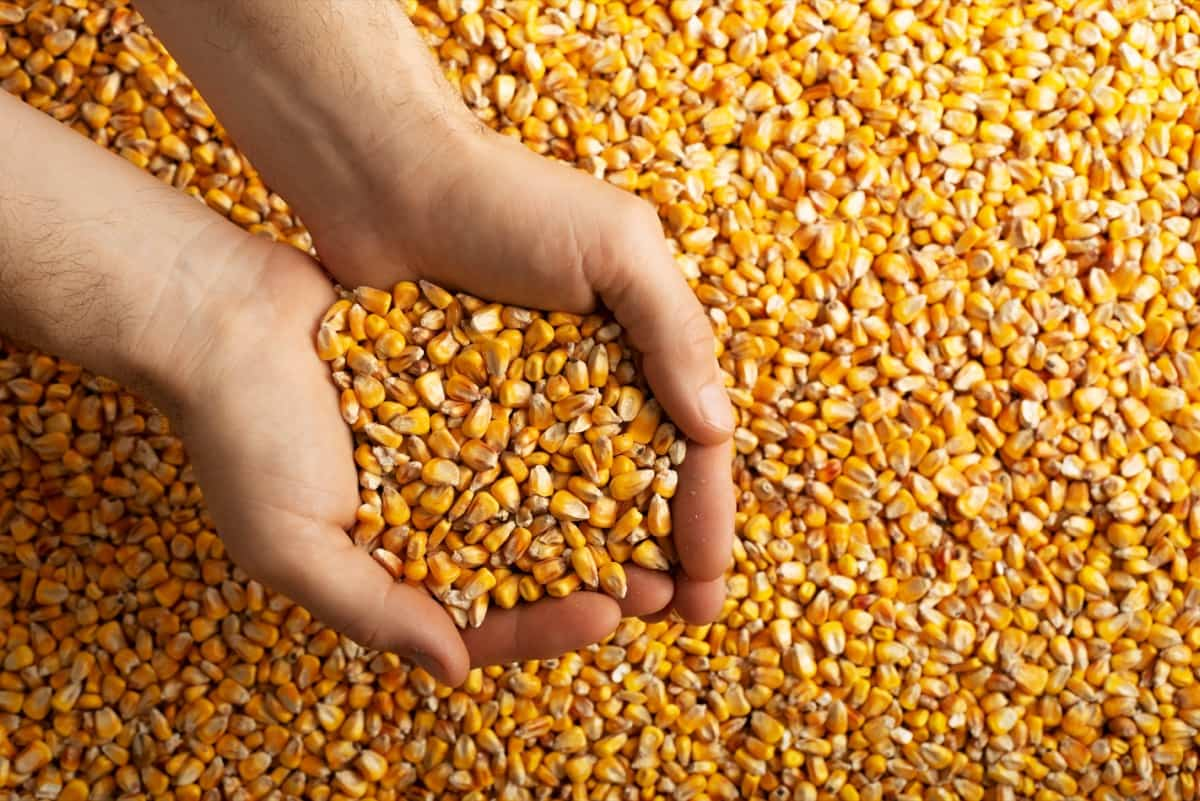
LPCH 2 (IMHP1535)
- Type of Corn: Popcorn
- Parent: JP-8 × Dpcl 292
- Year of Release: 2020
- Season: Kharif (also suitable for Rabi)
- Yield: 3.0 t/ha (in Kharif)
- Maturity: Early (80-85 days)
- Recommended for Cultivation in Rajasthan, Madhya Pradesh, Chhattisgarh, and Gujarat.
- Special Features: LPCH2 is another excellent popcorn hybrid with a high popping percentage and disease resistance. It’s well-suited for Cultivation in specific regions of India.
IQMH 203 (IIMRQPMH-1705)
- Type of Corn: Quality Protein Maize (QPM)
- Parent: DQL 2209 × DMRQPM 106
- Year of Release: 2020
- Season: Kharif
- Yield: 6.3 t/ha
- Maturity: Medium (89 days)
- Recommended for Cultivation in the Central Western Zone comprising Rajasthan, Madhya Pradesh, Chhattisgarh, and Gujarat states.
- Special Features: IQMH 203 is a medium-maturing QPM hybrid with significant yield superiority, high tryptophan and lysine content in endospermic protein, and resistance to several diseases. It’s responsive to high inputs and fits well in maize-based cropping systems.
PMH1-LP (low phytic)
- Parent: LM 13-LP3 × LM 14-LP4
- Year of Release: 2022
- Season: Kharif
- Yield: 9.0 to 10.0 t/ha
- Maturity: Long (95-100 days)
- Recommended for Cultivation in the North Western Plains Zone (NWPZ) comprising the states of Punjab, Haryana, Uttar Pradesh (Western region), Uttarakhand (Plains), and Delhi.
- Special Features: PMH1-LP is an improved version of PMH 1 with reduced phytic acid content and increased inorganic phosphate content. It’s resistant to several diseases and responsive to high inputs, making it a valuable choice for maize cultivation in the NWPZ.
IMH 223
- Parent: IML 15 X BML 7
- Year of Release: 2022
- Season: Rabi
- Yield: 10.48 t/ha
- Maturity: Medium
- Recommended for Cultivation in Punjab, Haryana, Plains of Uttarakhand, Western UP, and Delhi.
- Special Features: IMH 223 has shown significant yield superiority over relevant North Western Plains Zone checks. It’s moderately resistant to various diseases and responsive to high inputs, ensuring robust performance in maize-based cropping systems.
Best Practices for High-Yielding Varieties of Maize in India for Increased Profits
Climate for Maize Farming: Maize thrives in warm, moist regions and typically grows between 50°N to 40°S latitude. The minimum annual precipitation required in maize-growing areas is 200 mm. It flourishes in regions where the night temperature remains above 15.6°C. Ideal temperatures for maize cultivation in India range from 21°C for growth to 32°C for maturation.
Duration of Maize Crop: Maize cultivation can be extended across various seasons, but the most common periods in India are during the Kharif, spring, and summer seasons. Maize is a long-duration crop, typically taking about 95 days to reach maturity. A high-yielding variety, its strong stems and deep purple color contribute to a yield of around 21 quintals per hectare, making it one of India’s best choices for maize farming.
Soil for Maize Cultivation: The soil is the foundation of successful maize cultivation. Maize thrives in well-drained, deep (at least six feet), loose, and medium-textured soils with high water-holding capacity and organic matter content. The soil must provide all the necessary nutrients for plant growth. While maize can be cultivated on various soil types, it thrives best on well-drained, deep, dark silt loams in semi-arid climates and sand loam soils in sub-humid conditions.
In case you missed it: High-Yielding Groundnut Varieties in India: Hybrid Cultivars for Increased Profits

Sowing and Harvesting Season: Maize is grown in India during two primary seasons, Rabi and Kharif. Most maize production occurs during the Kharif season, with sowing in June to July and August and harvesting in December. Key states for Kharif maize farming include Andhra Pradesh, Uttar Pradesh, Karnataka, Madhya Pradesh, and Maharashtra.
Maize Land Preparation: Maize requires a well-prepared, weed-free seedbed with deep plowing and incorporating organic matter like farmyard manure. This provides the ideal conditions for high productivity in maize farming.
Maize Seed Rate: Seed rates vary based on the type of maize being grown. The seed rate for winter and spring maize is 8-10 kg per acre, while sweet corn, baby corn, and popcorn have specific rates.
Water Management: Maize efficiently utilizes water, with its roots penetrating up to 2 meters in deep soils. This makes it less reliant on irrigation, and around 600 mm of rainfall during the growing season can suffice.
Maize Weed Management: Effective weed management is crucial, and specific herbicides like atrazine, topramezone, and tembotrione are used during specific growth stages.
Cost of Cultivation: The cost of cultivating maize in India is approximately Rs. 15,200 per acre, including expenses for seed material, sowing, land preparation, fertilizers, pesticides, weeding, harvesting, and transportation.
Region-wise Maize High Yielding Varieties in India
| Variety Name | Average Yield (Tonns/ha) | Recommended Regions |
| DMRH1301 | 9.0-10.0 | Eastern UP, Bihar, Jharkhand, West Bengal, Odisha, Rajasthan, Gujarat, Chhattisgarh, Madhya Pradesh |
| DMRH1308 | 9.5-10.5 | Bihar, Rajasthan, Gujarat, Chhattisgarh, Madhya Pradesh |
| DMRH1305 | 6.0-6.5 | Hill regions of Jammu & Kashmir, Himachal Pradesh, Uttarakhand, northeastern states |
| IMHB1539 | 1.3-1.5 (De-husked baby corn) | Hill regions and northeastern states |
| IMHB1532 | 1.5-2.0 (De-husked baby corn) | Punjab, Haryana, Delhi, Uttar Pradesh (Western region), Rajasthan, Gujarat, Madhya Pradesh, Chhattisgarh |
| DMRHP1402 | 3.0-3.5 (Kharif); 4.5-5.0 (Rabi, Popcorn) | Punjab, Haryana, Delhi, Uttar Pradesh (Western region), Rajasthan, Gujarat, Madhya Pradesh, Chhattisgarh |
| LQMH1 (IMHQPM1530) | 7.5-8.0 | Northern Hilly Zone (Jammu & Kashmir, Himachal Pradesh, Uttarakhand, northeastern states) |
| LPCH 3 (IMHP1540) | 3.5-4.0 (Kharif) | Various states across India including Bihar, Jharkhand, Uttar Pradesh, Odisha, West Bengal, and more |
| LPCH 2 (IMHP1535) | 3.0 (Kharif) | Rajasthan, Madhya Pradesh, Chhattisgarh, Gujarat |
| IQMH 203 (IIMRQPMH-1705) | 6.3 | Central Western Zone (Rajasthan, Madhya Pradesh, Chhattisgarh, Gujarat) |
| PMH1-LP (low phytic) | 9.0-10.0 | North Western Plains Zone (Punjab, Haryana, Uttar Pradesh, Uttarakhand, Delhi) |
| IMH 223 | 10.48 | Punjab, Haryana, Plains of Uttarakhand, Western UP, Delhi |
Conclusion
In India, high-yielding hybrid maize cultivars offer the promise of increased profits. By choosing the right hybrids and implementing sound agricultural practices, farmers can tap into the potential of this crop, enhancing agricultural sustainability and economic gains.
- Types of Pesticides Used in Agriculture: A Beginner’s Guide
- Economical Aquaculture: A Guide to Low-Budget Fish Farming
- 15 Common Planting Errors That Can Doom Your Fruit Trees
- How to Make Houseplants Bushy: Effective Tips and Ideas
- Innovative Strategies for Boosting Coconut Pollination and Yield
- Pollination Strategies for Maximum Pumpkin Yield
- The Complete Guide to Chicken Fattening: Strategies for Maximum Growth
- Natural Solutions for Tulip Problems: 100% Effective Remedies for Leaf and Bulb-Related Issues
- Revolutionizing Citrus Preservation: Towards a Healthier, Greener Future
- Natural Solutions for Peony Leaf and Flower Problems: 100% Effective Remedies
- Maximizing Profits with Avocado Contract Farming in India: A Comprehensive Guide
- Natural Solutions for Hydrangea Problems: 100% Effective Remedies for Leaf and Flowers
- The Ultimate Guide to Choosing the Perfect Foliage Friend: Bringing Life Indoors
- From Sunlight to Sustainability: 15 Ways to Use Solar Technology in Agriculture
- The Ultimate Guide to Dong Tao Chicken: Exploring from History to Raising
- The Eco-Friendly Makeover: How to Convert Your Unused Swimming Pool into a Fish Pond
- Mastering the Art of Delaware Chicken Farming: Essentials for Healthy Backyard Flocks
- 20 Best Homemade Fertilizers for Money Plant: DIY Recipes and Application Methods
- How to Craft a Comprehensive Free-Range Chicken Farming Business Plan
- Brighten Your Flock: Raising Easter Egger Chickens for Beauty and Bounty
- How to Optimize Your Poultry Egg Farm Business Plan with These Strategies
- Subsidy for Spirulina Cultivation: How Indian Government Schemes Encouraging Spirulina Farmers
- Ultimate Guide to Raising Dominique Chickens: Breeding, Feeding, Egg-Production, and Care
- Mastering the Art of Raising Jersey Giant Chickens: Care, Feeding, and More
- Ultimate Guide to Raising Legbar Chickens: Breeding, Farming Practices, Diet, Egg-Production
- How to Raise Welsummer Chickens: A Comprehensive Guide for Beginners
- How to Protect Indoor Plants in Winter: A Comprehensive Guide
- Ultimate Guide to Grow Bag Gardening: Tips, Tricks, and Planting Ideas for Urban Gardeners
- Guide to Lotus Cultivation: How to Propagate, Plant, Grow, Care, Cost, and Profit
- Agriculture Drone Subsidy Scheme: Government Kisan Subsidy, License, and How to Apply Online
- Ultimate Guide to Raising Araucana Chickens: Breed Profile, Farming Economics, Diet, and Care
- Bringing Hydroponics to Classroom: Importance, Benefits of Learning for School Students
- Ultimate Guide to Raising Polish Chickens: Breed Profile, Farming Economics, Diet, and Care
- Ultimate Guide to Raising Australorp Chickens: Profile, Farming Economics, Egg Production, Diet, and Care
- Silkie Chicken Farming: Raising Practices, Varieties, Egg Production, Diet, and Care
- Sussex Chicken Farming: Raising Practices, Varieties, Egg Production, Diet and Care